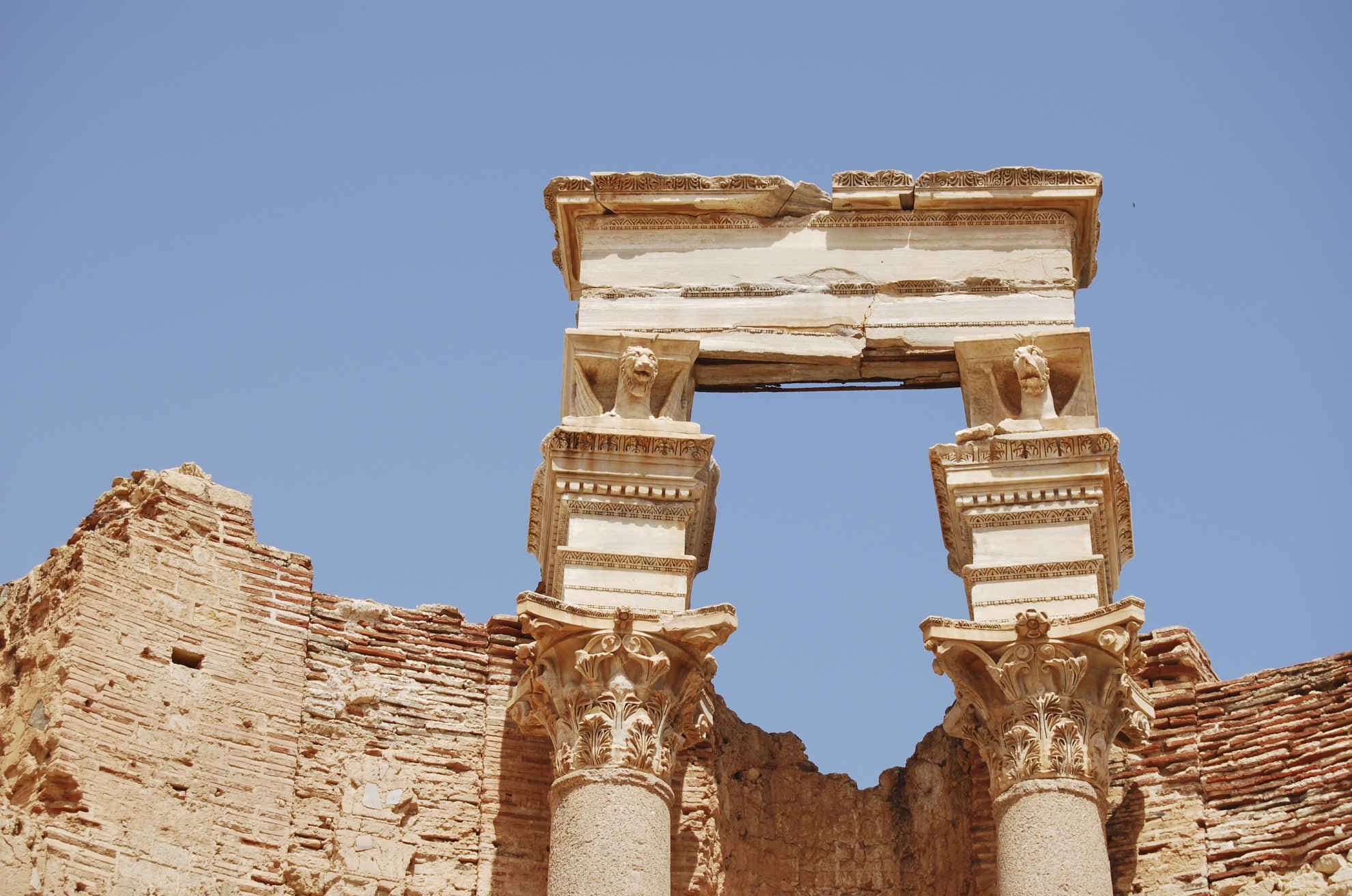W ostatnich dniach nasz projekt gościł Orena Margolisa z Uniwersytetu Wschodniej Anglii. Szczególną wartość dla nas prezentują jego badania dotyczące wczesnonowożytnej epigrafiki. Podejmują one temat konytnuacji lub jej braku w zakresie wzorców kultur epigraficznych oraz ich transmisję ze starożytności do epoki renesansu. Referat seminaryjny, który Oren wygłosił, oraz godziny spędzone na omawianiu naszych badań pomogły nam lepiej zrozumieć powyższe jak i inne sposoby transferu kulturowego w epigrafice, pomiędzy wielkimi epokami w historii ludzkości.
Oren wygłosił referat na naszym poniedziałkowym seminarium Epigrafika i papirologia pt.: "Pontifex Maximus and the Epigraphy of Early Quattrocento Rome."
Abstrakt: In the roughly 1000 years after its supposed rejection by the emperor Gratian as ‘unlawful for a Christian’, the pagan title pontifex maximus was only rarely used of the popes and never by the popes themselves. The explosion of its use in papal epigraphy in the later Quattrocento has usually been interpreted as a sign of the Renaissance papacy’s imperial ideology, though in reality it owed significantly to the impact of Florentine humanism and its project of language reform. Yet to be properly explained, however, is the appearance of the title in a series of inscriptions of local, non-papal commission in early Quattrocento Rome. Central to this paper is a lost inscription, generally presumed spurious, from the re-foundation of the university. Its authentication and contextualization in turn expose alternate ways of living alongside and thinking about the Roman past and papal authority that challenge the humanistic mainstream, as well as an epigraphic culture that challenges presumed generic conventions.
